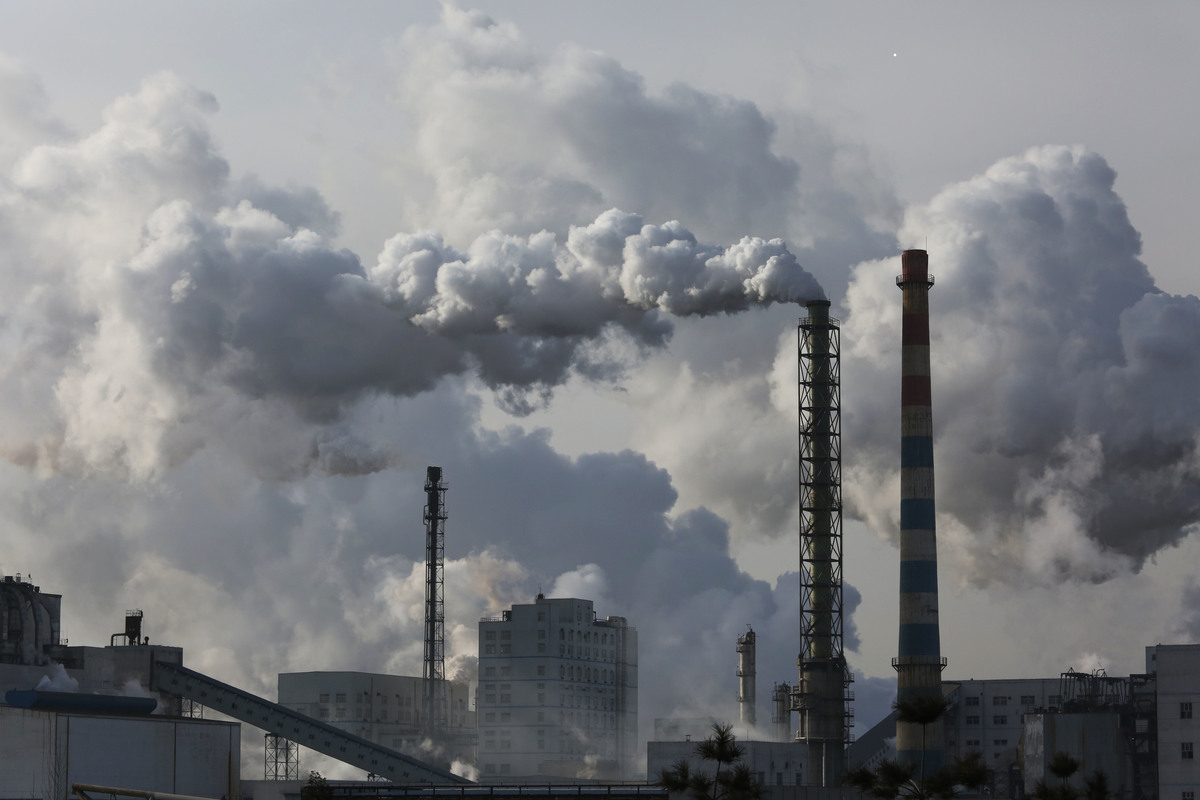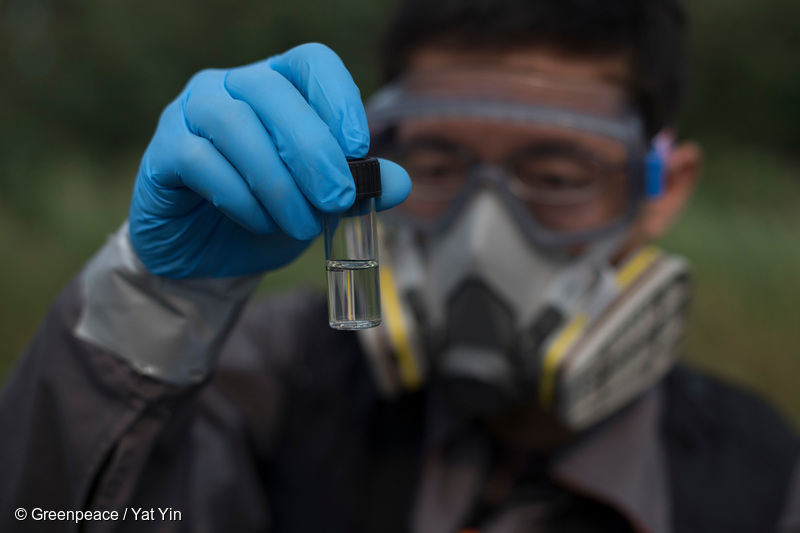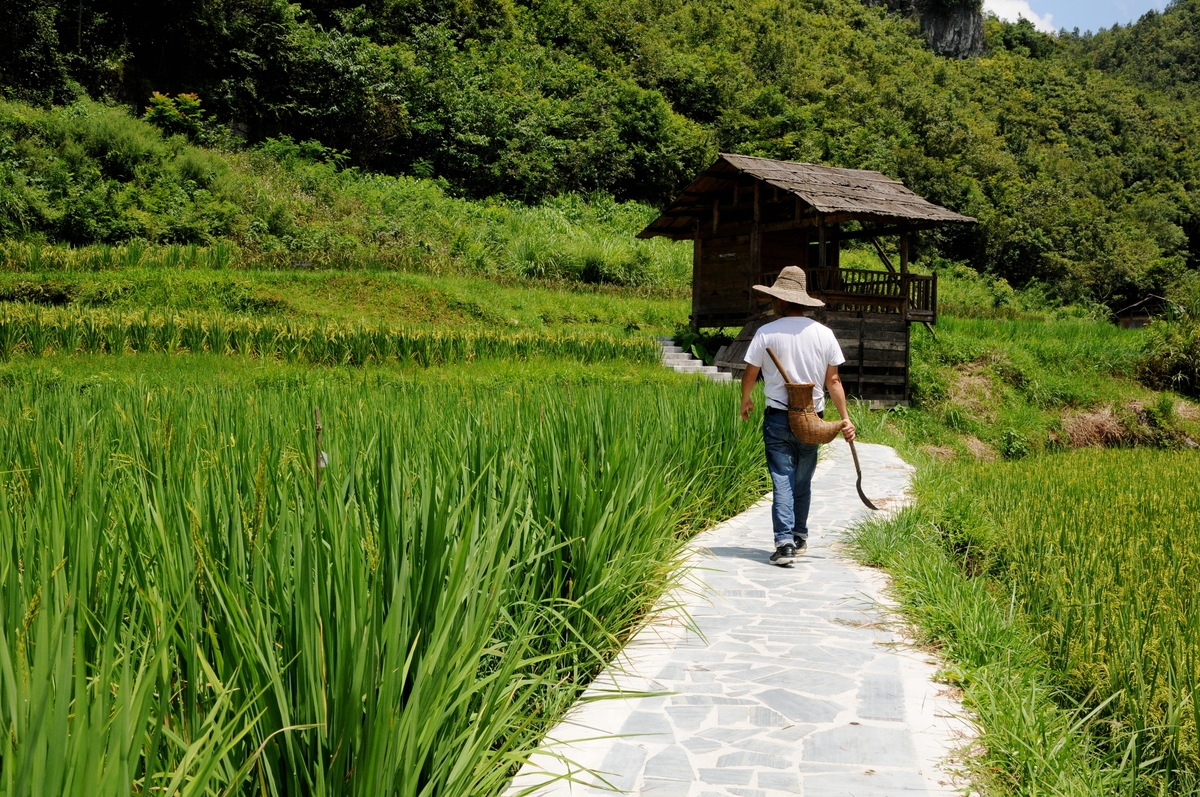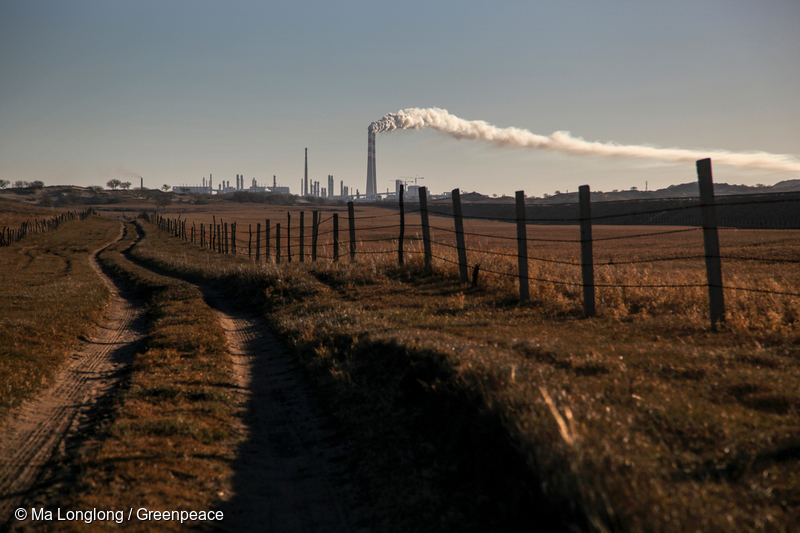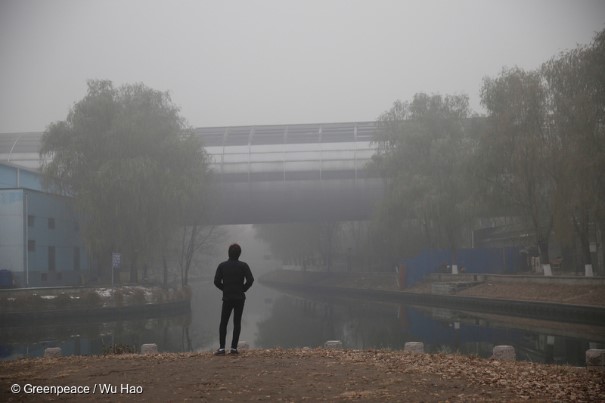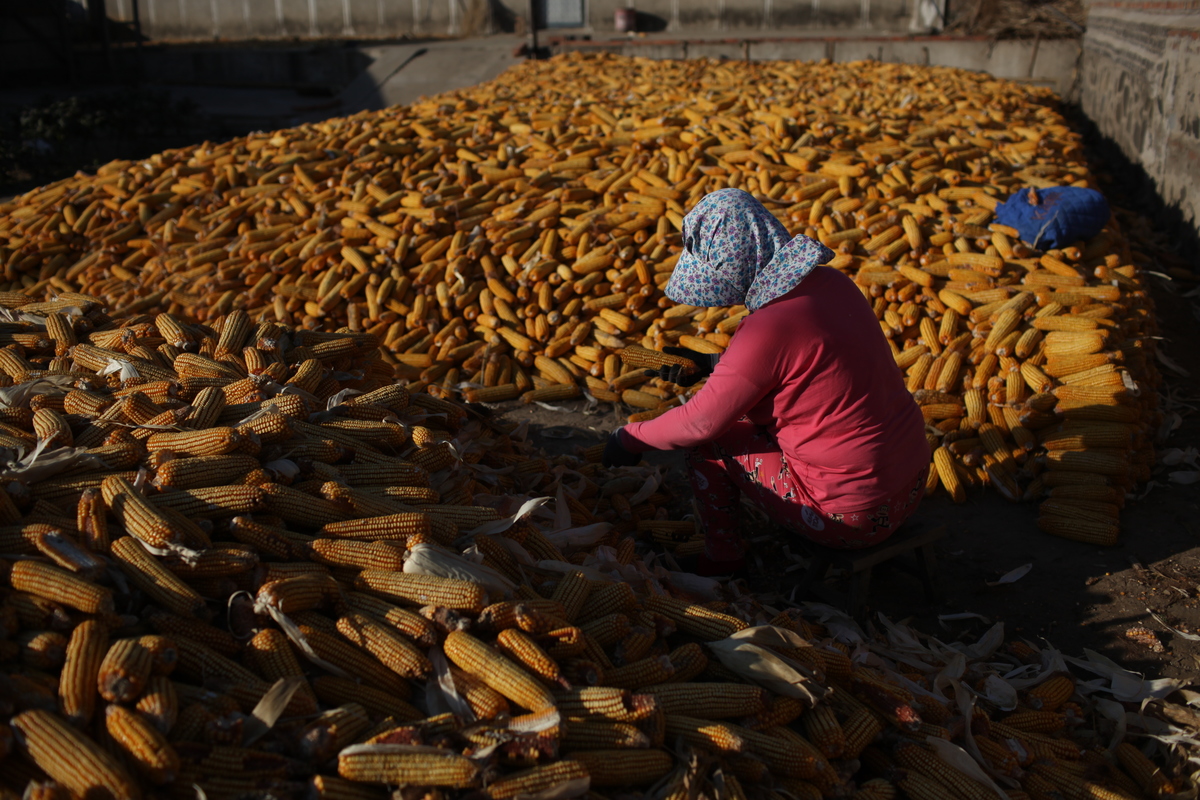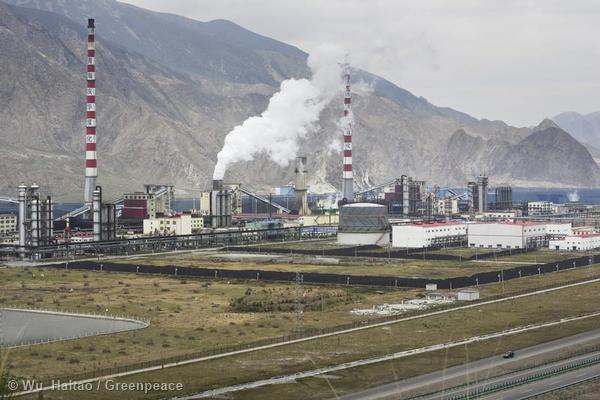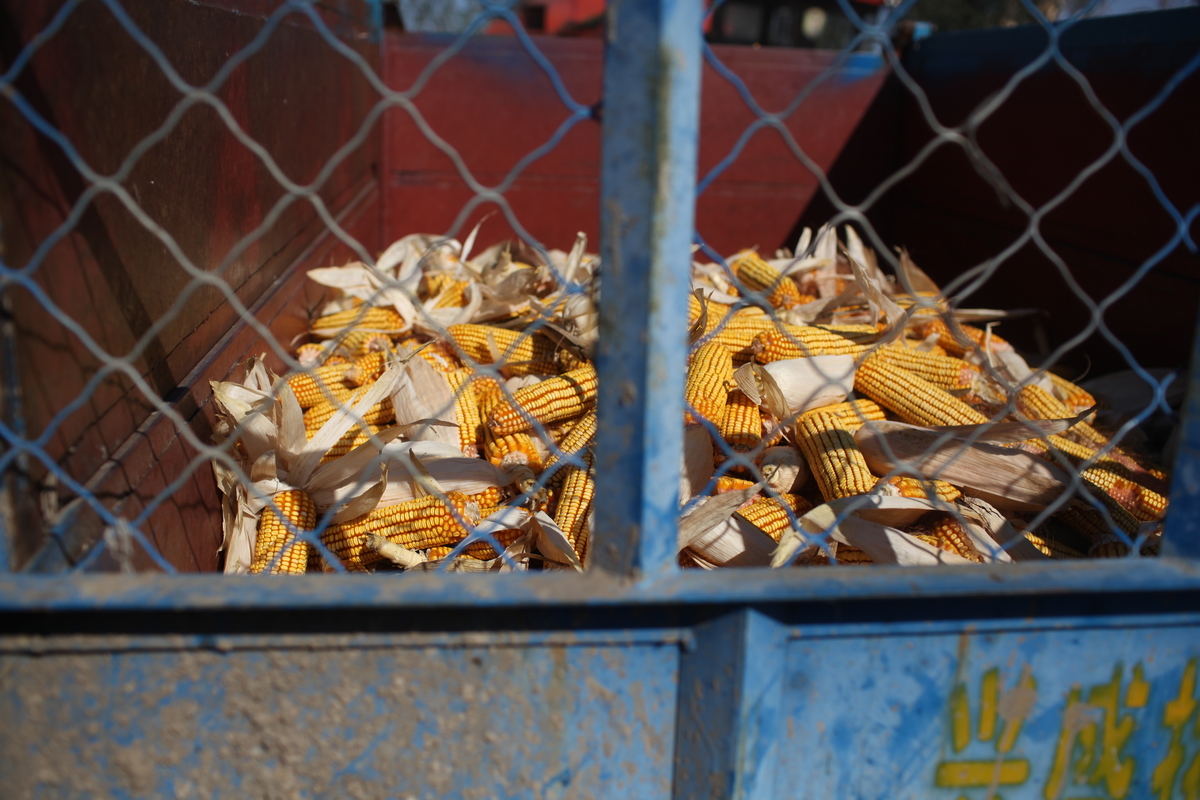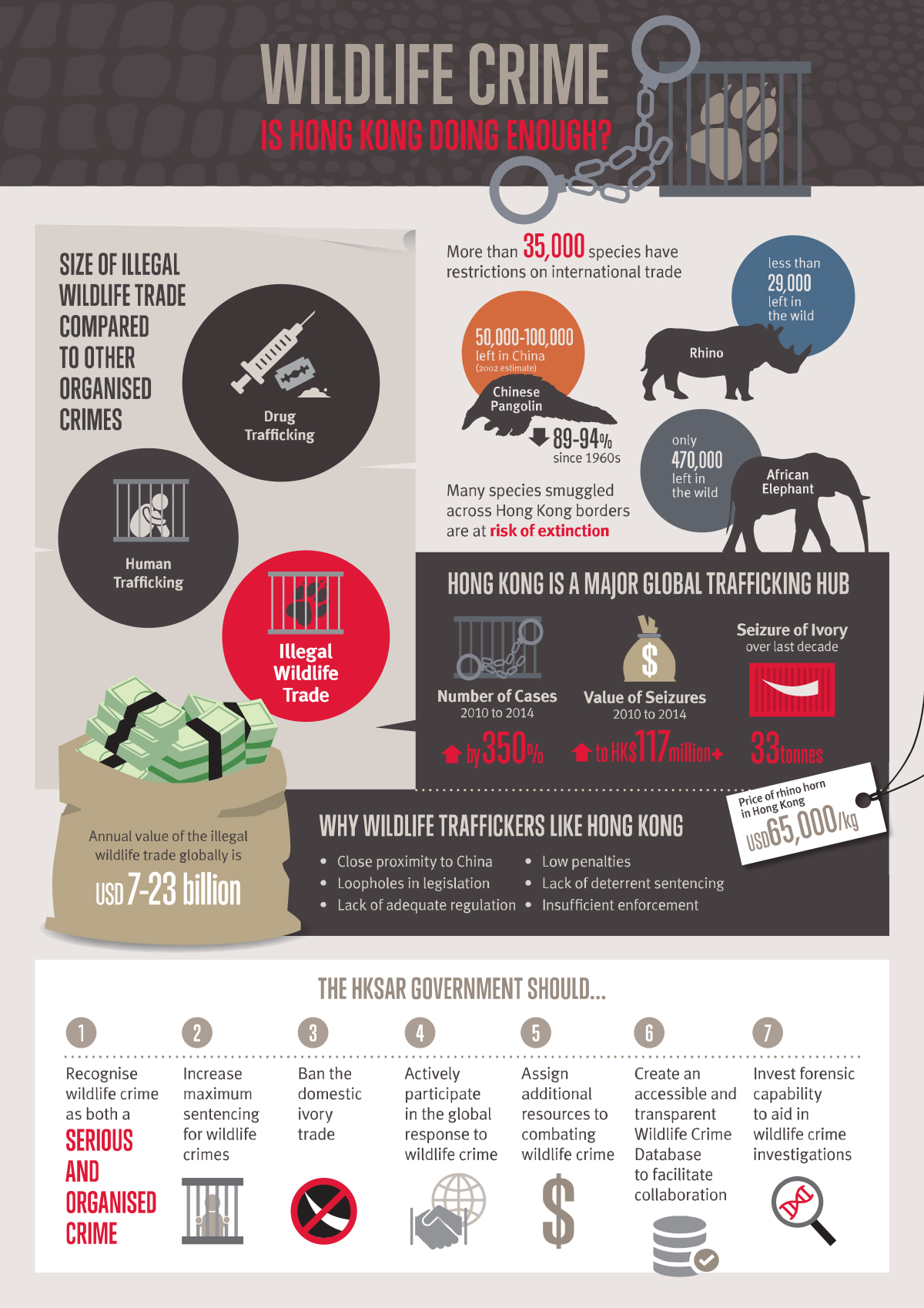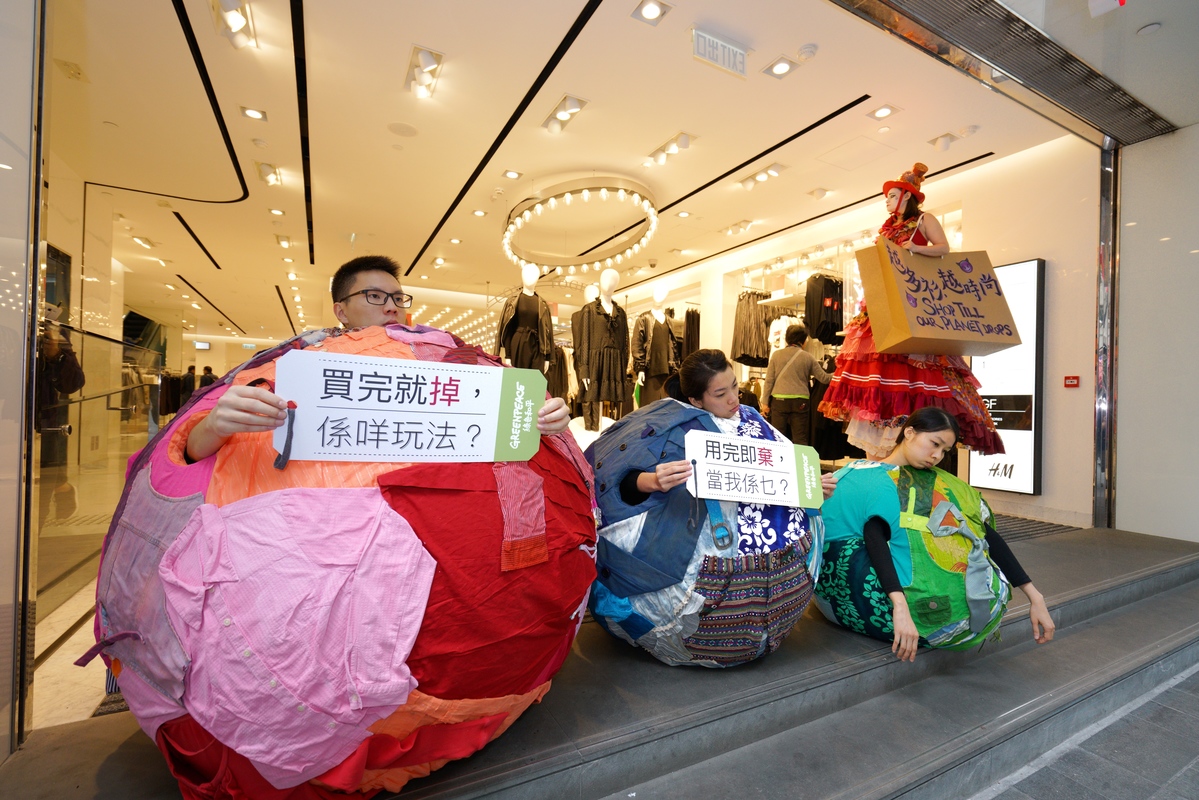All articles
-
China’s CO2 emissions continued to fall in 2015 – Greenpeace response
Beijing, 29 February, 2016 – Statistics released today by the National Bureau of Statistics show that a fall in China’s coal consumption and CO2 emissions continued for a second year in a row 2015. The fall in coal use over past two years was equal to Japan’s total yearly coal consumption. The trend is the…
-
Greenpeace reaction to the State Council investigation report on the Tianjin Blasts
Beijing, February 6, 2016 - Following the release of the official Tianjin blast investigation report, Greenpeace urges the government to systematically review and reform the chemicals management system in China.
-
ChinaChem to takeover Syngenta – Greenpeace statement
Beijing, 4 February 2016 - On the announcement of ChemChina to takeover the pesticide and seed company Syngenta, Philippe Schenkel, Ecological Farming Campaigner at Greenpeace Switzerland, said:
-
Suspected Illegal Construction of Coal Chemical Plants in northwest China
Greenpeace, Beijing 14 Sept 2015 – A Greenpeace East Asia investigation has revealed evidence that 15% of all modern coal chemical projects currently under construction, or 8 out of 53, are likely proceeding without the required permission from the Ministry of Environmental Protection (MEP). The eight offending projects are all located in arid and environmentally…
-
Greenpeace: China saw average PM2.5 levels fall by 10% in 2015, but 80% of cities still fail to meet national air quality standards
Beijing, 20 January 2016 - Greenpeace East Asia’s 2015 annual city rankings show that average PM2.5 concentration in 189 cities around China fell by 10% compared to 2014 levels. However, 80% of a set of 366 cities in China still fail to meet the national standard on air quality. Moreover, the smog experienced by Beijing…
-
GPEA’s discovery of illegal GE corn in the corn supply chain in north east China
From May to December 2015, Greenpeace East Asia (GPEA) carried out an investigation into corn production in Liaoning province, one of China’s major corn production areas. The investigation discovered that large quantities of GE corn are being grown illegally in the city prefectures of Shenyang, Jinzhou and Fuxin. It is very likely that much of…
-
China declares no new coal mines for next three years – Greenpeace response
Beijing, 6 January 2016 - China announced plans recently to halt new coal mine approvals for the next three years, and close 1,000 coal mines as part of its fight against air pollution. The announcement, made in a speech by the Head of China’s National Energy Administration at the annual meeting of energy planners, also…
-
Greenpeace sampling finds 93% of corn grown in China’s ‘breadbasket’ province of illegal GE strain.
Beijing, 6 January, 2016 – A Greenpeace East Asia investigation into corn production in Liaoning Province, one of China’s major breadbaskets, has found that 93% of random field samples and 20 of 21 samples from grain markets and supermarkets in the area tested positive for illegal genetically engineered (GE) contamination. The commercial production of GE…
-
Recent wave of enforcement could be vanishing vaquita’s saving grace
This month sees three significant actions to tackle Hong Kong’s underground totoaba trade – the force that’s driving vaquitas to extinction
-
Greenpeace urges Hong Kong to join ‘Buy Nothing Day’ and stop over-consumption
Hong Kong, 27 November 2015 ¬– Greenpeace marked today’s international Buy Nothing Day by highlighting Hong Kong’s wastefulness: last year the region discarded 110,000 tonnes of textiles, equivalent to about 1,400 T-Shirts every minute – an amount that could cover 25,000 Hong Kong Stadiums.

